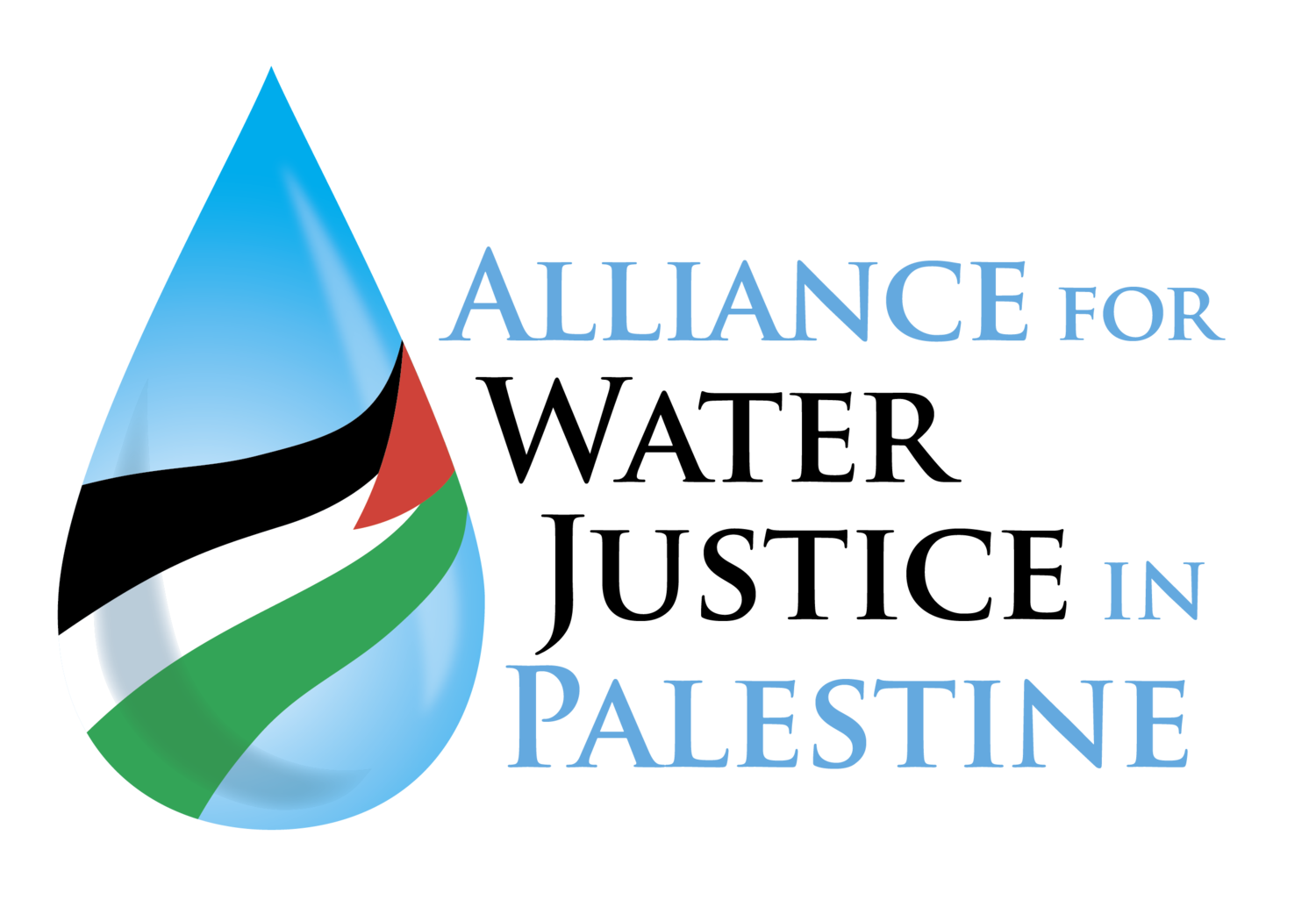KEY POINTS
The humanitarian pause, agreed upon by Israel and Hamas, which took effect on 24 November, has been largely maintained for the third consecutive day. This pause has enabled the UN to enhance the delivery of assistance into and across Gaza.
On 26 November, aid convoys reached areas north of Wadi Gaza (hereafter: the north). UN agencies and the Palestine Red Crescent Society (PRCS) distributed 1,062 metric tonnes (MT) of ready-to-eat food to four UNRWA shelters in Jabalia camp; 185 MT of tents and blankets and 890 MT of bottled water to various sites; as well as 164 MT of medical supplies to Al Ahli hospital in Gaza city. The convoys were carefully inspected by Israeli forces deployed at a checkpoint near Wadi Gaza before proceeding northwards.
The mission that reached Al Ahli Baptist Hospital evacuated at least 17 patients and wounded people, along with 11 of their companions, to the European Hospital in Khan Younis (in the south). Despite enormous shortages and constraints, Al Ahli remains operational and admitting patients.
Aid distribution in areas south of Wadi Gaza, where the bulk of an estimated 1.7 million internally displaced persons (IDPs) are currently staying, has been accelerated over the past three days. Key service providers, including hospitals, water and sanitation facilities, and IDP shelters, have continued receiving fuel on a daily basis to operate generators.
Over the past three days, cooking gas has entered Gaza, contrary to the time before the pause. However, the amounts fall well below the needs. Queues at a filling station in Khan Younis have reportedly extended for about 2 kilometres, with people waiting at them overnight. Meanwhile, reports indicate that people are burning doors and window frames to cook.
On 26 November, 17 hostages held in Gaza and 39 Palestinian detainees held in Israeli prisons were released. The released hostages included 13 Israelis – four women and nine children – and four foreign nationals. Among the Palestinian detainees were 39 boys. Since the start of the pause, 39 Israelis, 117 Palestinians and 19 foreign nationals have been released.
Between 25 and 26 November, Israeli forces in the West Bank killed seven Palestinians, including four children, bringing to 230 the Palestinian death toll since 7 October; 222 by Israeli forces and eight by settlers.
Read the report: Hostilities in the Gaza Strip and Israel Flash Update #51
UN staff collect and transport vaccines from Gaza city to southern Gaza, where they can be refrigerated, 26 November 2023. Photo by WHO





